The exhibit that has been on view at Winterthur Museum, Garden & Library since September verifies the fact that Ann Lowe, who is regarded as America’s first couturier designer, continues to have an influence on today’s bridal and evening wear fashions, as well as contemporary Black designers.
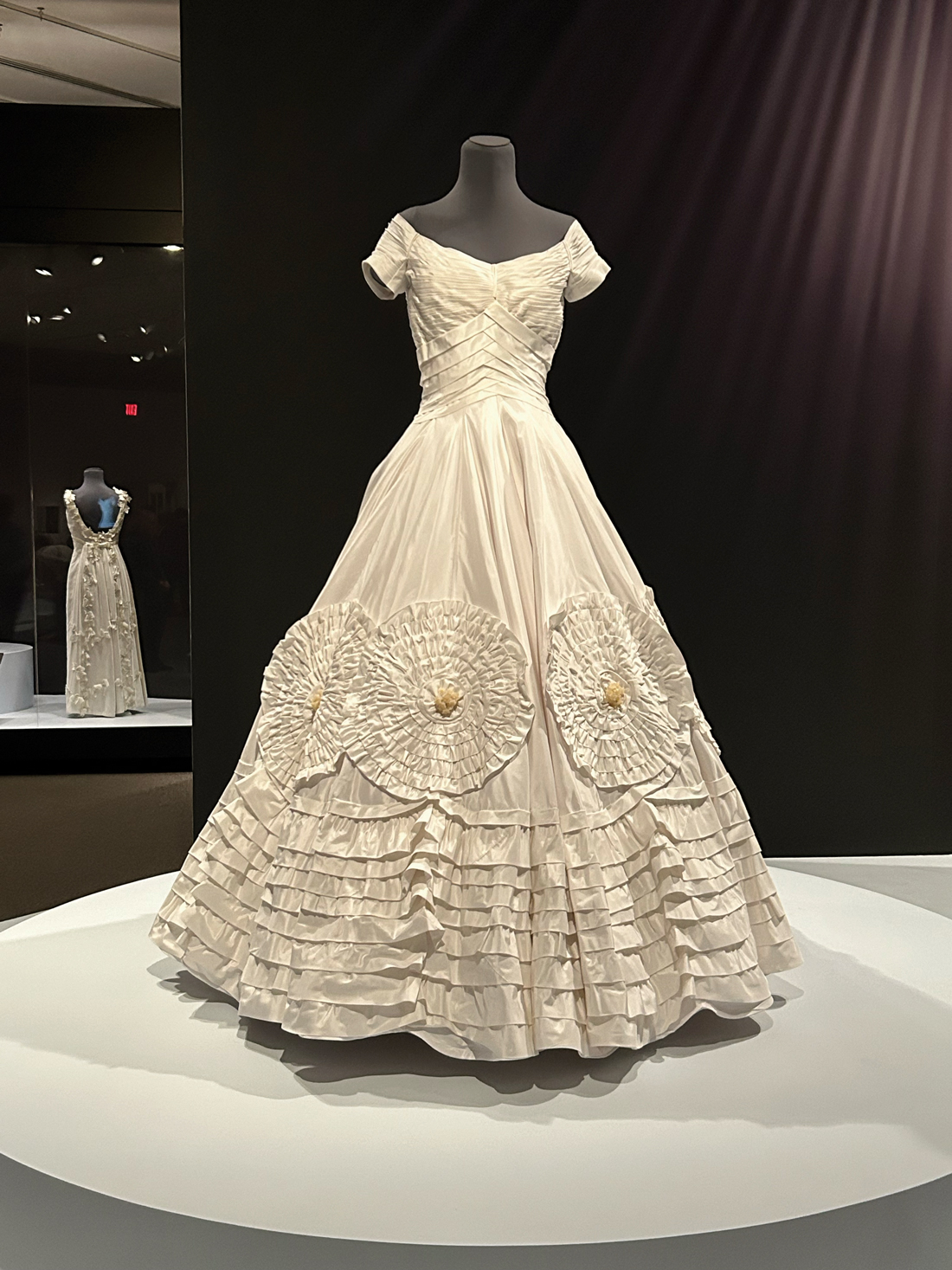
Jacqueline Kennedy’s wedding gown went missing for years, until her daughter, Caroline, discovered it in a box stored in a warehouse at the John F. Kennedy Presidential Library & Museum in 2009. The years had not been kind to the gown and its condition was beyond repair. The fragile gown has only been displayed once, on the occasion of the Kennedys’ 50th wedding anniversary in 2003. During the planning of the Winterthur exhibit, it was learned the gown was not suitable for display. It was decided that a replica would be produced. In January 2022, the Kennedy Library allowed Katya Roelse, of the University of Delaware, to spend three days with the dress. She extensively documented and photographed its measurements and construction. With the help of students, Roelse spent much of 2022 recreating the dress. Roelse writes that “the reproduction of the dress is significant because it is an opportunity to document a master couturier’s skills and techniques …” The details that define this gown are amazing! Could the gown possibly have a Lancaster connection?
In late August of 1953, Lowe was putting the finishing touches on the future Mrs. John F. Kennedy’s wedding gown, as well as the gowns her 15 attendants would wear. Then, disaster struck. Ten days before the September 12 wedding, a pipe burst in her studio, ruining all the gowns.
Lowe had spent months bringing her custom designs to fruition. Now, she had just over a week to recreate them. Electing to keep the news to herself, Lowe didn’t let the bride, Jacqueline Bouvier, her mother, Janet Auchincloss, or the Kennedys know of the disastrous turn of events. She simply ordered more fabric and, along with her staff, worked around the clock to recreate the gowns.
Jacqueline Kennedy’s wedding gown became iconic and is regarded as the most photographed dress of its kind in history. Sadly, she was not a fan of the gown. Kennedy had spent a year in France as part of her education at Vassar, which only reinforced her love of French design. She reportedly envisioned wearing a fashion-forward wedding gown from a French designer. That’s when Ambassador Joseph P. Kennedy (the groom’s father) stepped in and said absolutely not. It was crucial – from a political standpoint – that an American designer have the honor of creating the wedding gown. (He supposedly sweetened his demand by offering to pay for the wedding.)
Kennedy’s insistence actually came as a relief to Mrs. Auchincloss, who could only imagine what a French-designed gown would cost. Besides, she knew the perfect designer for the job: Ann Lowe, who was regarded as high society’s “best-kept secret.” Lowe could commiserate with what the bride was going through, as she not only had to diplomatically face the task of having to please her, but the mother of the bride and the father of the groom, as well.
In the end, 50 yards of silk-chiffon taffeta created a very traditional but intricate wedding gown that pleased Mrs. Auchincloss (the price tag was $500), Ambassador Kennedy (a traditional ballgown) and, to a degree, the bride (as she had requested, its color perfectly complemented her grandmother’s cathedral-length lace veil). No doubt the bride was grateful for how well the dress moved and flowed thanks to Lowe’s unseen signature construction elements that allowed for unrestricted movements of the arms and made it easy to dance in. Still, Kennedy felt the gown was not becoming and did not reflect her style, as she was not fond of frou-frou, ruffles and such. She reportedly said she felt as if she looked like a “lampshade.”
As a result, the name of its designer went uncredited. The Boston Globe described its designer as a “New York dressmaker,” while nearly 10 years later, an article that appeared in Ladies Home Journal reported that “a colored woman dressmaker, not the haute couture,” had created it. Lowe was incensed and wrote Mrs. Kennedy a letter in which she expressed how hurt she felt reading those words. Mrs. Kennedy’s press secretary called Lowe and explained that the copy had not been approved by the first lady. The magazine did not issue a correction of any kind.
“Meeting” Ann Lowe
In September, a friend called to ask if I’d be interested in going to the two-day Ann Lowe symposium that was being held at Winterthur in mid-October. Being a huge fan of Jackie Kennedy and seeing sneak peeks of the dresses that would be part of the exhibit, I immediately said yes. Cathy Kornfield and I had visited Winterthur for the Downton Abbey exhibit and a previous Jackie-focused exhibit and the caliber of those all but guaranteed that this one would indeed be special.

Elizabeth Way, the exhibit’s guest curator, led tours of the exhibit during the symposium. While Ann Lowe’s designs were detailed and embellished, her own style was minimalistic, consisting of black dresses and chic hats. Photo by Cathy Kornfield.
Upon entering the auditorium for the first seminar, the woman ahead of us caught our attention. She was wearing the most exquisite skirt. It was white, billowy and appeared to be made of silk. When another person complimented her, she confessed it was once part of a wedding gown she had purchased in Paris and deconstructed. She topped it with a tailored black jacket, underneath of which she wore a black-and-white T-shirt emblazoned with the words, Lowe, Keckley, McGee, Barrie, Smith, Jaxon and Kelly. A law firm? That seemed odd. Then, we noticed other people connected to the symposium wearing the same shirt. We googled it and discovered it referred to Black fashion designers who paved the way for today’s designers.
The stylish woman turned out to be Katya Roelse of the University of Delaware, who headed the effort to recreate Jackie Kennedy’s wedding gown for the exhibit. (Other than that, all the Ann Lowe fashions are originals.) We were also treated to seminars delivered by scholars representing the Smithsonian, the Fashion Institute of Technology and more. We were ushered into Winterthur’s conservation area, where staff members explained the process of reviving fabrics and textiles that are hundreds of years old. We learned how to make silk flowers.
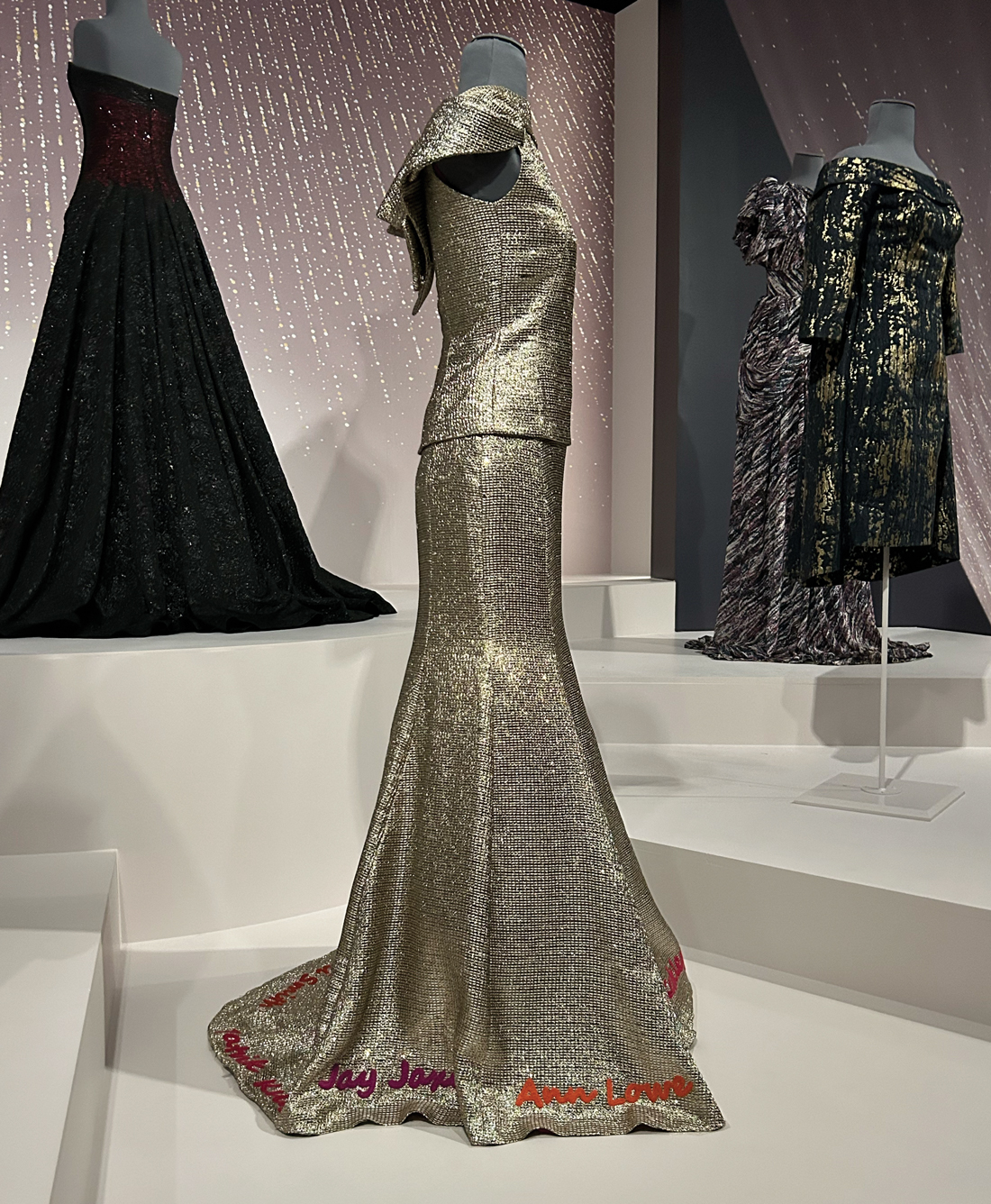
A gown designed by Michael B for the Met Gala, paid homage to Lowe and other earlier Black designers and dressmakers.
The tour of the exhibit was conducted by its guest curator, Elizabeth Way, who is the associate curator of the Museum at the Fashion Institute of Technology and is the author of the book, Ann Lowe American Couturier. (The tour was so fabulous that we did it twice!) Finally, the symposium ended with a conversation between Way and noted designer, B Michael, who designed a gown for Dawn Davis (former editor of Bon Appetit magazine) to wear to the Met Gala in 2021.
Ann Lowe has been the subject of an exhibit at Winterthur Museum, Garden & Library since early September (it continues through January 7). Considered to be the Social Register’s “best-kept secret” for the better part of the 20th century, Lowe’s extraordinary story came to light thanks to Margaret Powell, who was an intern at the Hillwood Estate, Museum & Gardens in Washington, D.C., in 2011. Hillwood was Marjorie Merriweather Post’s legendary estate. A client of Lowe’s, one of Post’s gowns is part of the Winterthur exhibit. Post championed Lowe’s talents and is credited with having introduced her to influential people following a fashion show both attended in Paris, as “Miss Lowe, the head of the American House of Ann Lowe.”

Lynn Neville Robertson so loved the pale-pink fantasy ballgown she wore in 1961, that she had it fashioned into her wedding gown a year later.
As she learned more about Lowe, Powell’s infatuation with her story only intensified, and when head curator, Liana Paredes, encouraged her to fully explore Lowe’s life and career, Powell’s research became the basis of her master’s thesis. Lowe essentially became part of Powell’s life, and she continued her “studies” long after earning her degree. It became her dream to stage a tribute to Lowe’s career as a designer. Unfortunately, she did not live to see that come to fruition, as she passed away in 2019. She was only 44 years old. But Powell’s dream lived on, thanks to Elizabeth Way, another “student” of Ann Lowe’s, and Winterthur.
Ann Lowe was born in Clayton, Alabama, in 1898. Her grandmother, Georgia Thompkins, and her mother, Janie, were superior seamstresses and sewed for wealthy White clients in Montgomery. (Georgia and Janie were once enslaved; their freedom was purchased by General Cole, the man Georgia would marry.) By the age of 5, it was apparent that Lowe would follow in their footsteps, as she had a talent for taking scraps of fabric and fashioning them into flowers. By the age of 10, Lowe was creating her own patterns.
Lowe’s elders were pleased that she had been blessed with such talents, as the ability to sew had always provided a path for Black women to make their way from an economic standpoint. It was a respectable trade and provided a steady income, especially for those as talented as Georgia and her family. For some, such as Elizabeth Keckley (1818-1907), sewing skills helped to buy their freedom. Keckley went on to serve as a dressmaker for another first lady, Mary Todd Lincoln.
For many, it provided a way to support endeavors such as education and the cause for civil rights. Even during the era of slavery, sewing skills served a purpose, as quilts often contained secret directions and messages that helped those seeking freedom make their way north.
In 1914, Janie suddenly passed away. Georgia and 16-year-old Ann were faced with having to finish gowns for several upcoming balls and holiday events. Lowe took on the bulk of the work and delivered all the custom gowns on time. Clients were pleased and told the teenager her work matched that of her mother’s. According to Powell’s thesis, Lowe became convinced that she could accomplish anything that had to do with sewing.
Ann Lowe had also married. Her husband, Lee Cone, was a tailor. However, he didn’t want to work in tandem with his wife. In fact, he didn’t want her to work at all. She acquiesced to her husband’s wishes and stepped away from her own business but continued to perfect her dressmaking skills by making clothing for herself.
One day the chicly dressed Lowe was spotted in a department store in Dothan, Alabama, by Josephine Edwards Lee, who had traveled back to her hometown from Tampa, Florida, where her husband operated a successful citrus business. Lee pointed to Lowe (who Powell assumes was working at the store) and asked a salesperson where she could find similar clothing in the store. She was surprised to learn that Lowe was wearing her own designs. Lee then approached Lowe and asked if she would be interested in working as her personal dressmaker in Tampa.
With four daughters and plenty of social events to attend, Mrs. Lee promised Lowe that she would be kept busy. Lowe saw the proposal as an opportunity of a lifetime and left for Tampa (with her son, Arthur, in tow). Her husband would divorce her two years later. Upon arriving in Tampa, Lowe received her first assignment: creating wedding gowns for the Lees’ twin daughters’ dual wedding on December 30, 1916, as well as gowns for their attendants. Local newspapers raved about the gowns worn for the wedding.
By 1917, Lowe was not only working for the Lees, but she was also taking on projects for their neighbors and friends. Lowe had designs on how she would use the extra money she was making: she wanted to attend a dressmaking school in New York. The Lees supported Lowe’s plans and offered to help with expenses.
Lowe arrived in New York in April 1917. In a 1966 interview, Lowe shared that she presented the school with a surprise: she had neglected to divulge the fact that she was Black. She was not welcomed with open arms.

While working for Saks Fifth Avenue, Lowe designed this coral ballgown that is embellished with handmade flowers and crystals.
The first obstacle Lowe encountered was proving she had the funding to attend the school. She produced a bankbook that verified her ability to pay the tuition. Then, her ability to grasp the nuances of fashion was questioned. She assured the school that she was capable. The next hurdle involved Lowe’s classmates. They refused to sit in the same room with a Negro. So, Lowe agreed to work in a separate classroom.
Almost immediately, Lowe’s instructor was flabbergasted by the quality of work she was producing. At times, he became the student and she the instructor. Lowe finished the one-year course in six months’ time. It wasn’t that she had completed all the course work in record time; it was explained to her that the school simply had nothing else to teach her.
Lowe returned to Tampa and worked for the Lees throughout the 1920s. She also became renowned for her bridal fashions that were fully customized and hand sewn. Even the adornments – notably flowers – were created by hand.
Weddings led Lowe to create fantasy gowns for balls associated with events such as Tampa’s Gasparilla Festival. Debutante gowns also became her forte, and in the 1950s Lowe created a scandal by designing gowns with low backs. The design element made perfect sense to her as she explained to dubious parents that she noticed fabric would become soiled due to the placement of a dance partner’s hands and arm.

In 1968, Lowe designed this wedding gown for Elizabeth Mance, the daughter of Dr. Robert Mance, a doctor and international church leader.
Despite her success, Lowe faced the reality of doing business in the segregated South. Lowe deemed it was time to move on to bigger and better things. She returned to New York in 1928. Opening a shop there brought an all-new set of challenges, notably convincing society women that her talents were on par with the French couture design houses they favored.
While she gained a few clients, Lowe’s momentum was stymied by the Stock Market crash of 1929. Clients from Tampa helped to keep Lowe’s business afloat for a time. When she realized her business was failing, Lowe began working for other designers and even sold her creations to shops on a spec basis.
Somehow, Lowe survived (although her second marriage, to Caleb West, did not). Her business began to thrive. During the post-Depression years, her reputation for creating exquisite wedding gowns, evening wear and debut fashions attracted the likes of the Rockefeller,
du Pont, Roosevelt and Auchincloss families. She also designed the hand-painted gown that Olivia de Havilland wore to accept her Oscar in 1947 (unfortunately, the design house she was working for got credit for the gown).
Incredibly, Ann Lowe’s next business venture, Ann Lowe, Inc., could possibly have a Lancaster connection. Grace Stehli, a customer and the wife of the owner of Stehli Silks, became Lowe’s business partner. The former Stehli Silk Mill on Martha Avenue, which was designed by C. Emlen Urban, opened in 1897 and in its heyday employed 2,000-plus workers. The Lancaster location was chosen because of its proximity to Philadelphia and New York (other plants could be found in Virginia and North Carolina). Powell wrote that the Stehli connection provided Lowe with the ability to operate on Madison Avenue, plus granted her access to the quality fabrics she required. Such a connection makes me wonder if the fabric for Jackie Kennedy’s wedding gowns(s) was sourced in Lancaster. The timing meshes: the wedding took place in 1953 and the Lancaster mill closed in 1954, as did the partnership between Lowe and Mrs. Stehli.
When the Stehli partnership ended, Lowe turned to her son, who began to oversee bookkeeping and the ordering of materials for the business. Her staff grew to 35 employees, enabling Lowe to create an average of 1,000 gowns annually. She also began designing for upscale department stores such as I. Magnin, Nieman Marcus and Montaldo’s, which allowed her to extend her reach nationwide.
Sadly, Lowe faced a personal and professional setback when Arthur was killed in a traffic accident in 1958. Lowe then took on the duties he had fulfilled, but as is typical with creative people, having to deal with numbers wasn’t her strong suit. (The Kennedy wedding is an example, as Lowe elected to keep the flooding disaster to herself and simply buy the fabric she needed with her own money. She ultimately lost more than $2,200 because of having to buy more supplies and pay overtime to her staff.) By 1960, Lowe was deeply in debt and behind on taxes.
She had no choice but to shutter the business.
Lowe was down but not out. Saks Fifth Avenue came calling and offered her a partnership to design for its exclusive boutique, the Adam Room. She agreed to become its head designer. Financial problems persisted and Lowe was forced to declare bankruptcy in 1963. She left Saks and attempted to open her own business. That is when health issues began to impact her life. Glaucoma was stealing her eyesight. Sketching became impossible, as did sewing. She began relying on her sense of touch to approve the work of her staff. She had no choice but to close her business once again. Soon after, she underwent surgery to remove her right eye. While recovering she learned that a tax issue with the IRS had been resolved thanks to it being paid by a benefactor. Lowe was convinced that Jacqueline Kennedy was that person.
Once recovered, Lowe became a designer for Madeleine Couture. Unfortunately, her left eye became problematic, and she was faced with undergoing a risky surgical procedure. The thought of not being able to work terrified her. “If I can’t design dresses, I’d rather fly off the Empire State Building,” she reportedly told her doctor. The doctor donated his services and saved what remained of Lowe’s eyesight.
In 1967, she returned to work (she became a partner in the A. F. Chantilly label). She also reconnected with the Lees and agreed to donate a gown to a benefit for the Junior League of Tampa. During a discussion about the upcoming ball, Lowe mentioned she would love at long last to see what such an event looks like. The Lees honored her request and took her to the ball as their guest.
By 1972, Lowe was unable to continue working and retired. Over the course of the next 10 years, she would be honored by fashion organizations in New York, as well as the African American fraternity, Alpha Phi Alpha. During that time period, African American historians began to unearth the story of Ann Lowe. Museums began to exhibit her work. Those who owned Ann Lowe originals came to revere them even more; their generosity in sharing the beautiful gowns helped to make the Winterthur exhibit a spectacular event.
Powell wrote in her thesis that she doubts Lowe would have been impressed by the accolades she received following her death in 1981. Designing dresses is what brought her joy; what most impressed her was hearing that “Ann Lowe dresses were doing all the dancing at the cotillion last night.”
Ann Lowe American Couturier continues at Winterthur Museum, Garden & Library through January 7. For details, visit Winterthur.org.


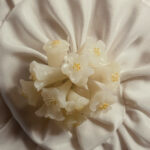

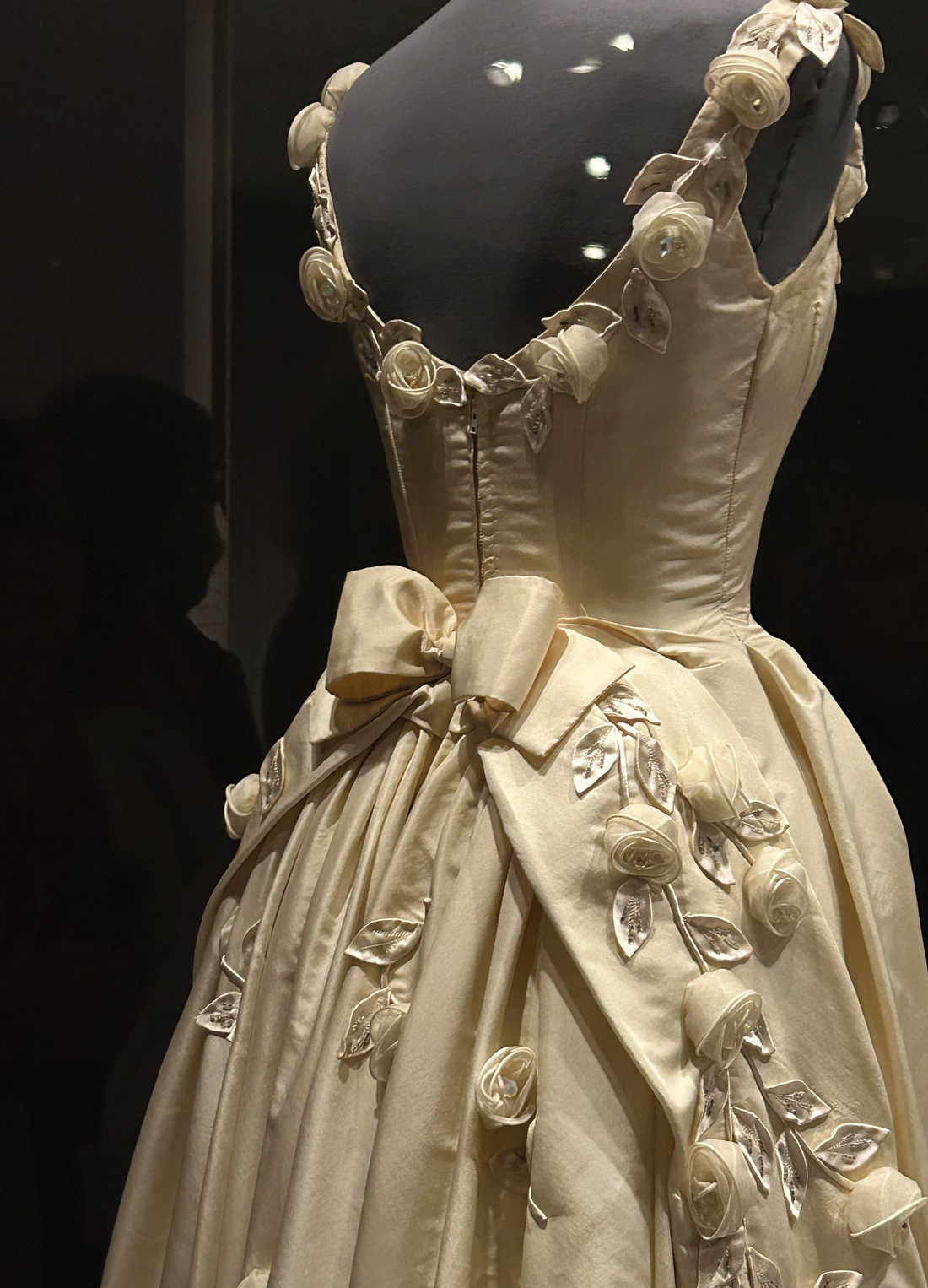
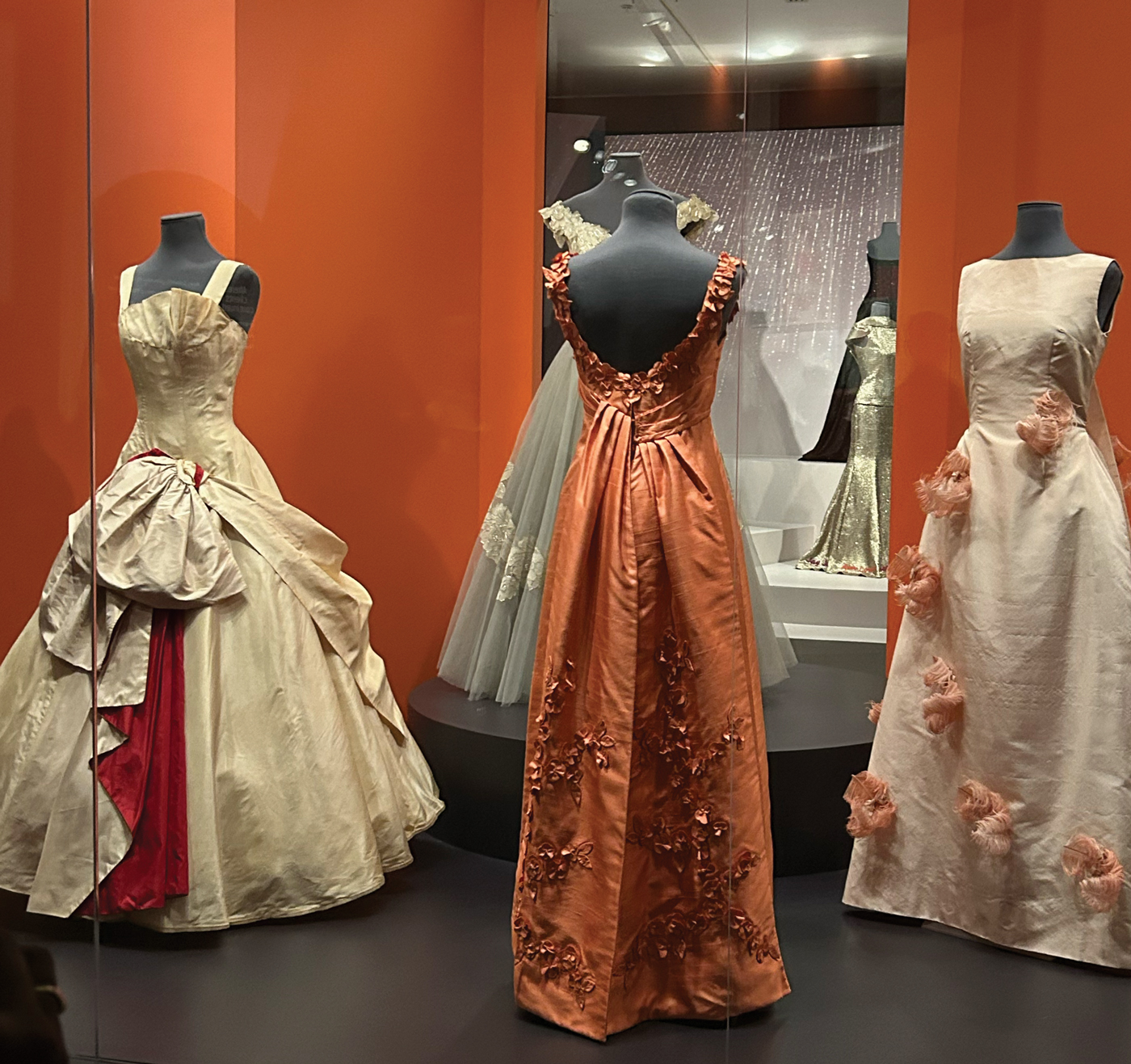




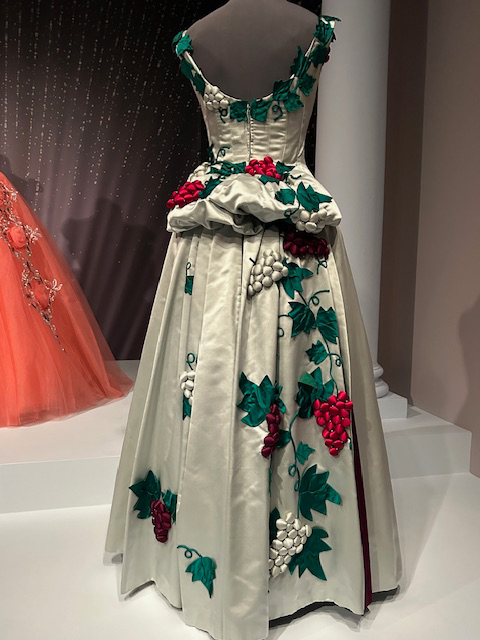

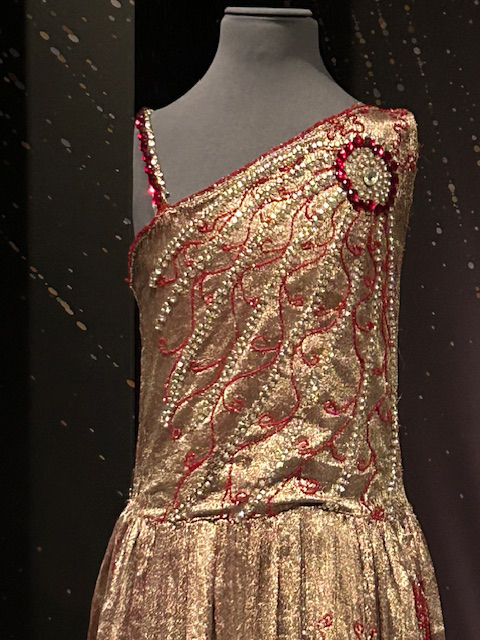

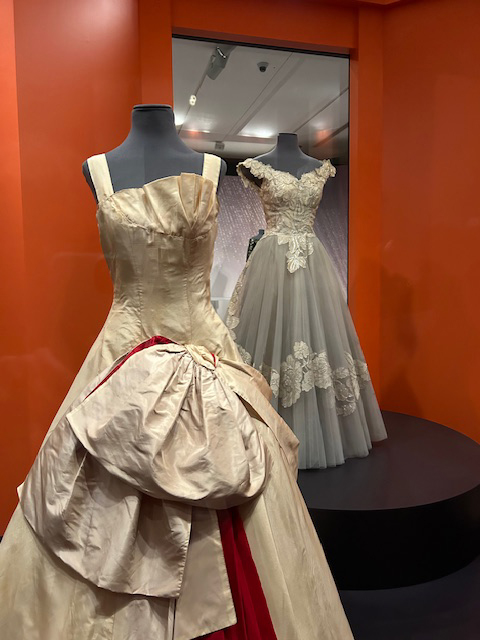



Leave a Reply